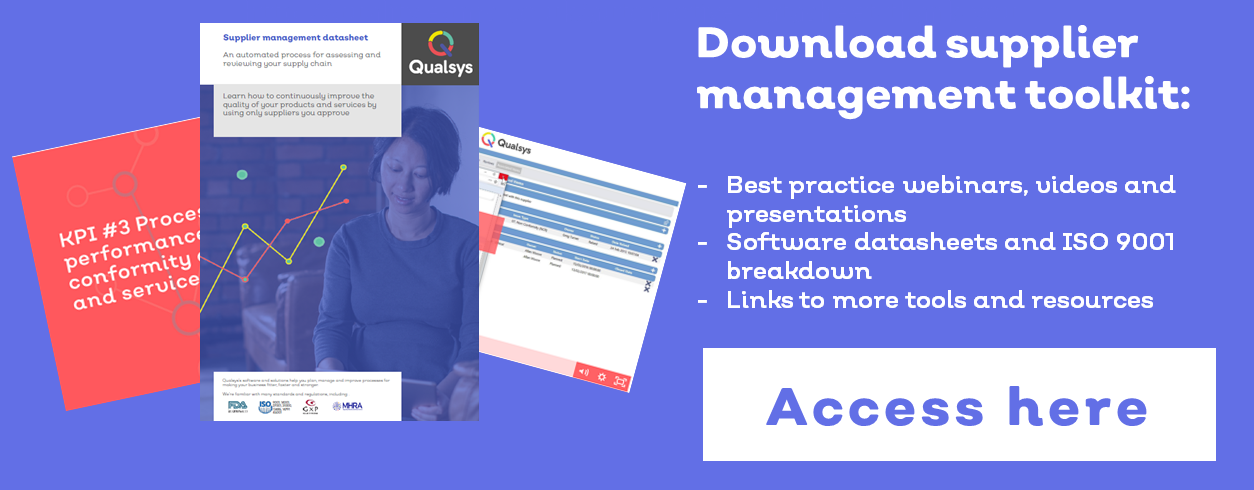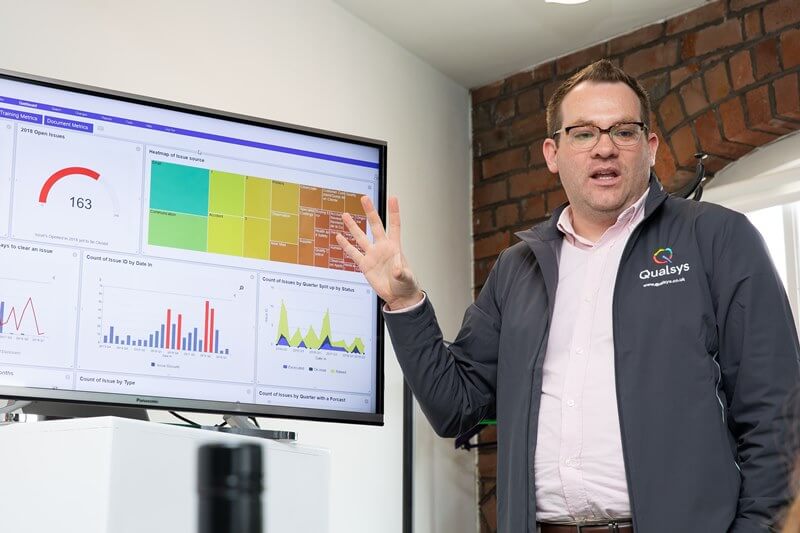Want to contribute to this article?
So you want to help your business become more 'sustainable' - whatever that means.
But your procurement teams are only focused on minimising cost and sourcing efficiently.
The board are only interested in improving margins for Q2.
And you can't make your entire supply chain ethic- and environment-conscious on your own.
You need a framework that puts everyone on the same page.
ISO 20400:2017 is a guidance standard on sustainable procurement - a 'how to' for a sustainable supply chain.
Environment and resource pressures continue to increase and businesses spend 60% of their budgets in their supply chains.
ISO 20400 offers a model of supply sustainability that appeals to everyone, so you can sell it to everyone.
So what is it?

Procurement vs sustainability
Your procurement department play a key governance role in supply chain management.
But they don't always like 'sustainable' talk - it makes their job more difficult.
Procurement teams want a reliable, simple, cost-effective supply chain. Not a diverse, 'ethical', 'green' one.
Sustainability has proven benefits for:
- Brand strength
- Supplier relations
- Futureproofing your product ranges
So how do you get procurement to think sustainable?
The key is building a framework which allows procurement, sustainability and senior stakeholders to work together.
Half of companies in a 2014 survey thought that the lack of a real 'team' framework was their main obstacle to supply chain sustainability.
This is where ISO 20400 comes in.
Sustainable, not green
Most people hear 'sustainability' and think 'green'.
But ISO 20400 focuses not just on environmental responsibility, but social and economic sustainability too.
In fact, it defines sustainable procurement as procurement with:
the most positive environmental, social and economic impacts possible over the entire lifecycle.
In other words, it focuses on the triple bottom line and not just saving the trees.
This broader definition of sustainability as 'best value' is the key to selling sustainability internally.
After all, which is an easier sell in the boardroom?
We need to become more green and ethical.
Or...
We need to make our supply chain more reliable, in every way, long-term.
It's an opportunity for you to think about sustainability more broadly and get everyone on the same page.
So what about your supply chain?
The green bullwhip
The so-called 'green bullwhip effect' means small changes in sustainability demand are proven to have 'ripple' effects on entire supply chains.
That means more sustainable operations can flow from your buyers 'up' to your distributors and manufacturers.
Change how you work with one supplier, and it'll have a knock-on effect.
In short, ISO 20400 lets you:
- Build a framework for your key stakeholder groups to work together
- Align green thinking with £ thinking to sell sustainability
- Address your supply risks
while indirectly driving these changes up and down your supply chain.
Structure

Sections 5, 6 and 7 relate to specific stakeholder groups of your organisation, as follows:
- Section 5, Policy & Strategy, is about your board, and how procurement context ties in with your company's vision and organisation goals
- Section 6, Organisation, focuses on how the procurement function will be geared toward SMART sustainability goals and reported on by procurement management
- Section 7, Process, talks about how sustainability will be integrated into your day-to-day procurement team processes
The standard includes guidance on building your own benchmarking matrix for measuring your sustainability impacts in real terms. This might be:
- local unemployment
- carbon footprint per procured product
- projected future supply risks
The standard is also prescriptive, rather than performance-based: unlike other ISO standards or the Carbon Disclosure Project, ISO 20400 does not spell out specific metrics or measures to perform against for certification.
In short, ISO 20400 gives you enough flexibility to embed sustainability how you think best - so if you want to make your business more forward-thinking, start your reading.
By offering a loose but common framework of sustainability for companies to follow, the standard aims to guide compliant businesses - 'any organisation, either public or private, regardless of its size and location' - towards more careful consideration of their long-term relationship with their supply chains.
Next steps
Download our free supplier management toolkit to access 10 supplier optimisation resources, a breakdown of ISO 9001 requirements, and more.










Share your thoughts on this article